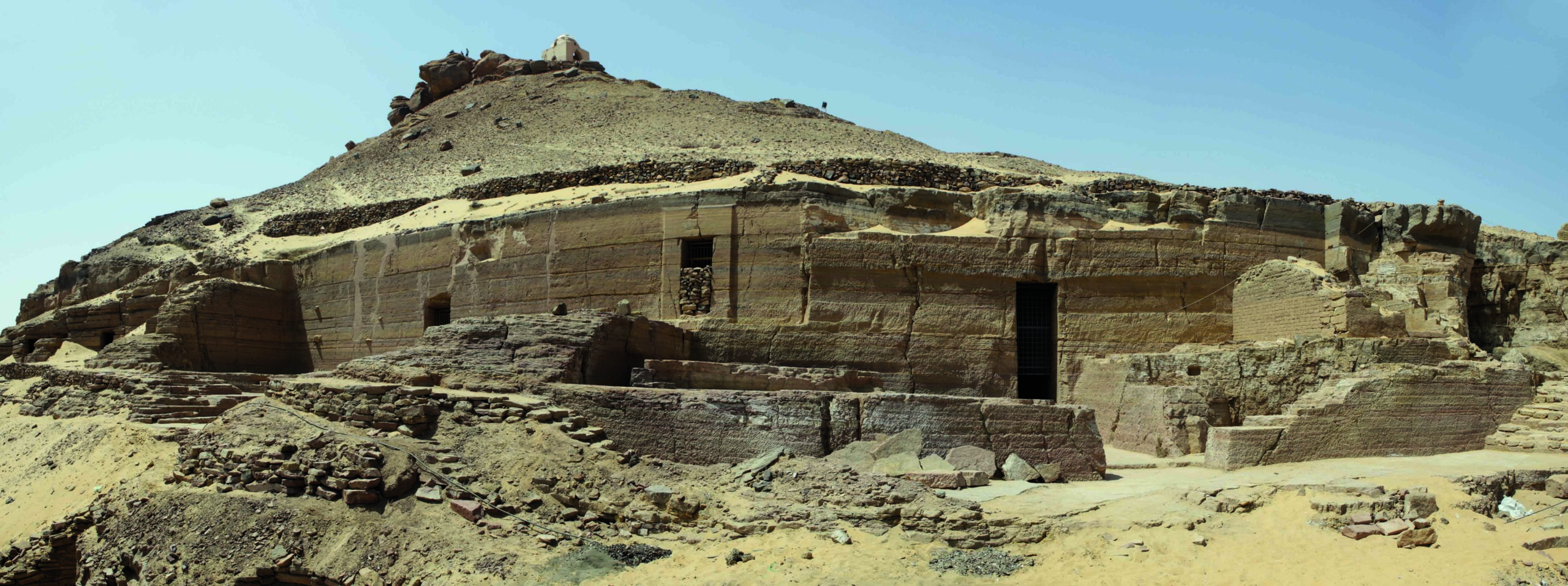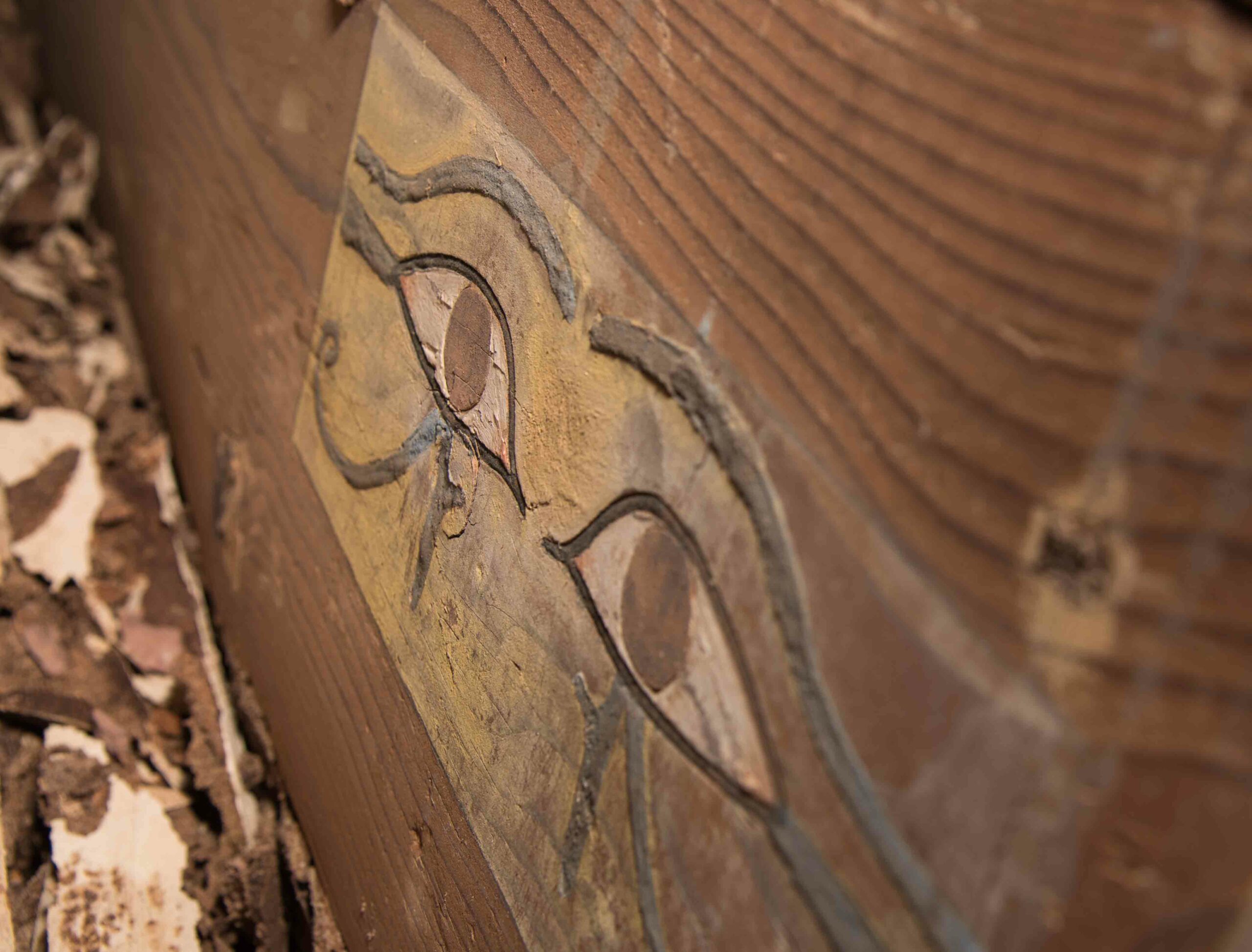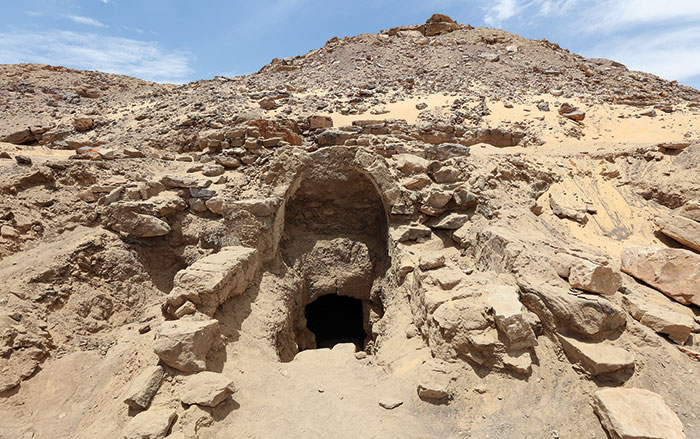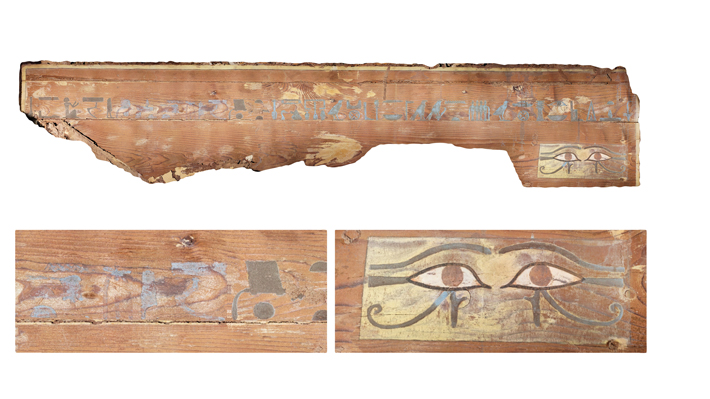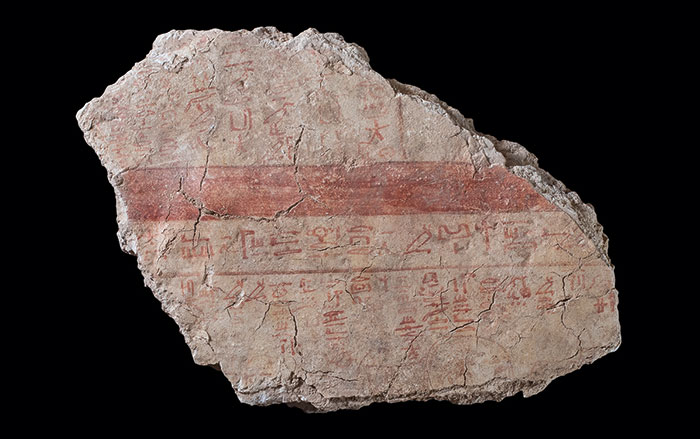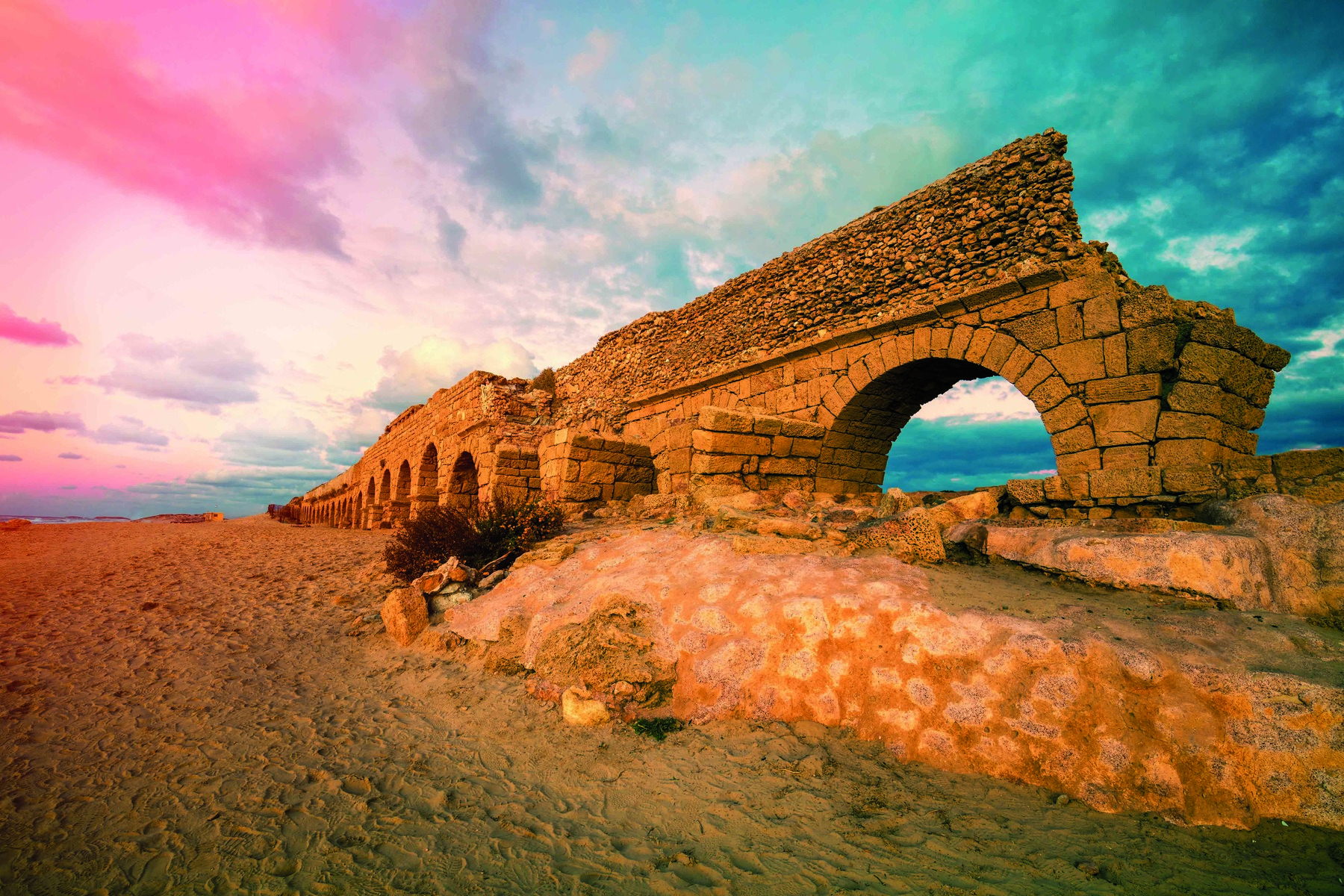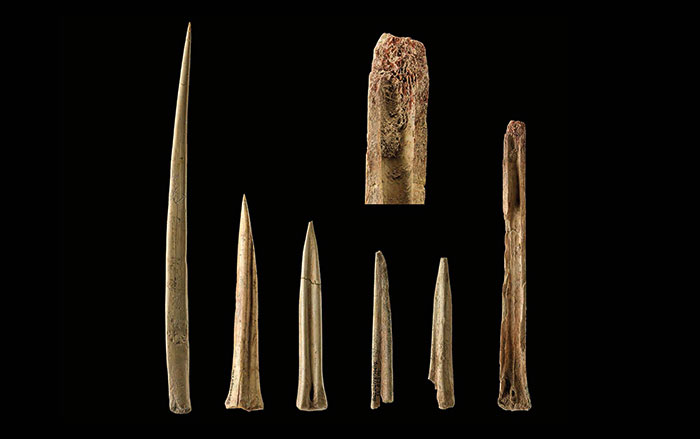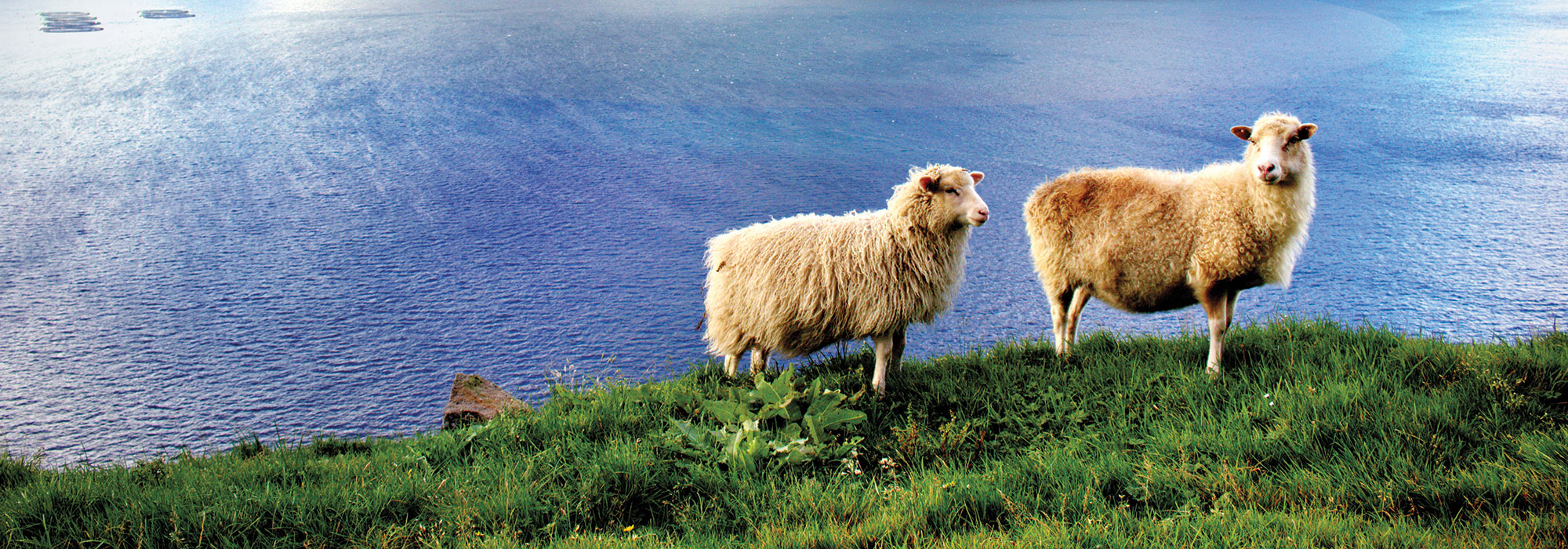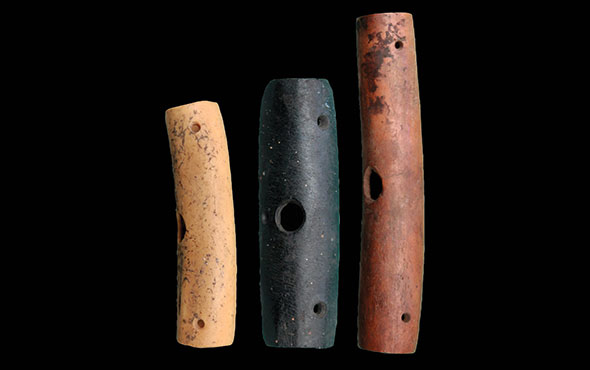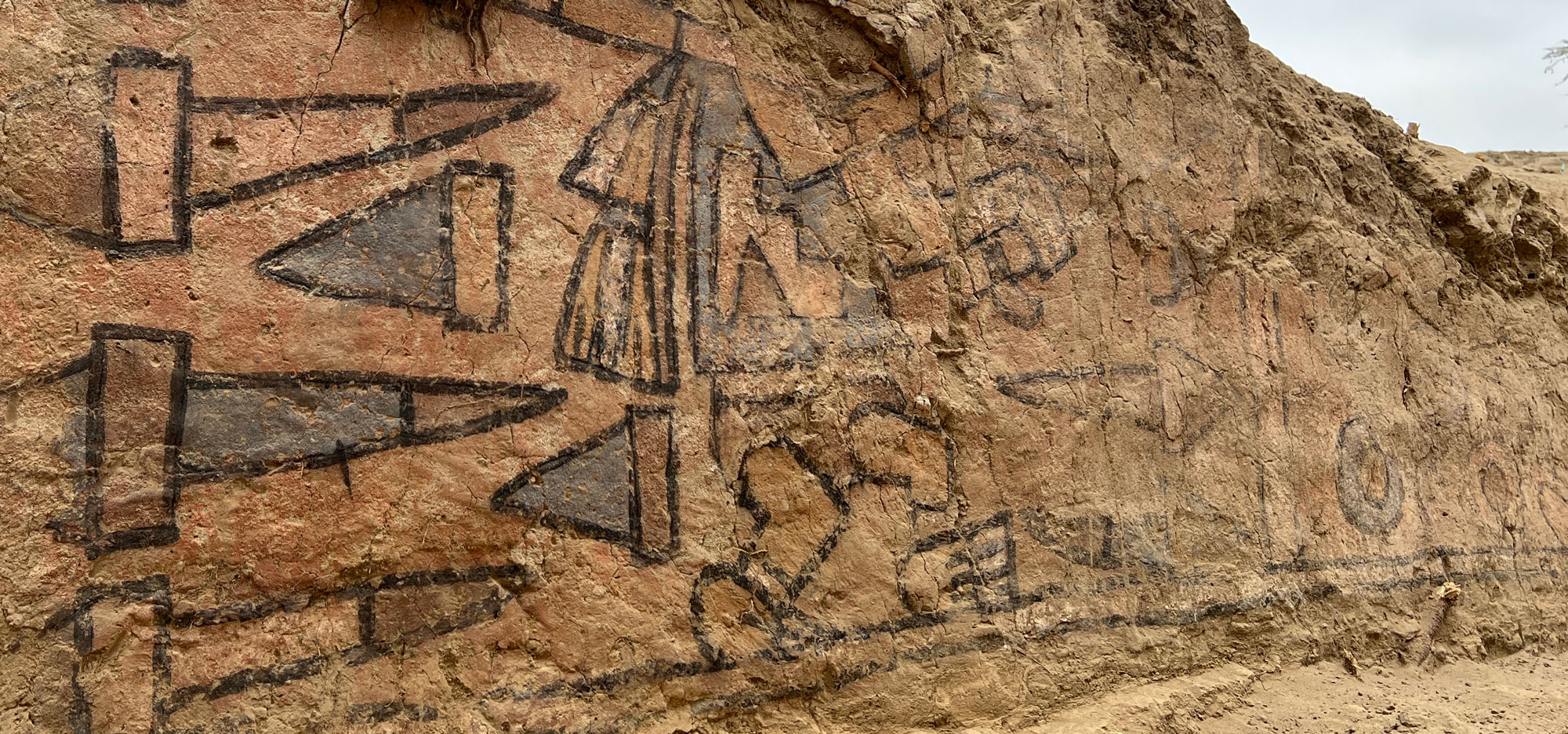A team of researchers from the University of Málaga and the University of Jaén believe they have discovered Egypt’s oldest tomb oriented toward the winter solstice sunrise. The tomb is located in the necropolis of Qubbet el-Hawa at Aswan in southern Egypt, on the western side of the Nile, opposite Elephantine Island. It is believed to date to the end of the 12th Dynasty, during the reign of the pharaoh Senwosret III (reigned ca. 1878–1840 B.C.) or Amenemhat III (reigned ca. 1859–1813 B.C.).
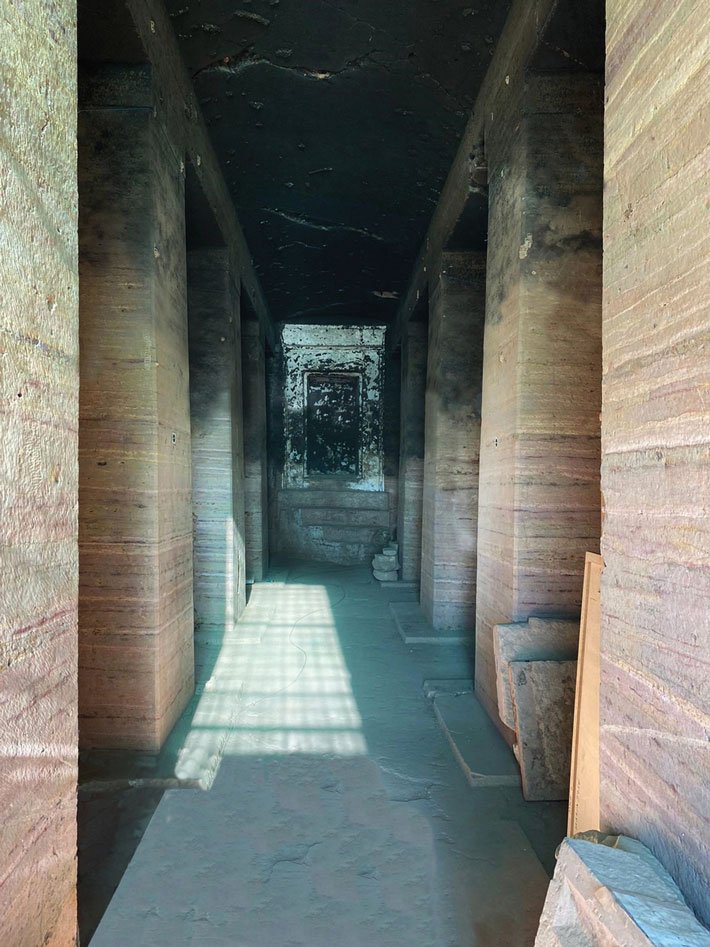
The tomb was oriented so the sunrise on the winter solstice would shine through its doorway and down a corridor toward a chapel where a niche would have held a statue of the tomb’s occupant—most likely a provincial governor. Given that the days become longer starting on the winter solstice, the solstice symbolized the victory of sunlight over darkness. Ancient Egyptians believed that the sunlight hitting the statue transmitted energy that helped reactivate the vital force of the mummified body, which was buried directly below. To allow the greatest amount of sunlight to reach the chapel, the tomb’s doorway stood around 16 feet tall and was always open. “We found no trace of a door,” says Egyptologist Alejandro Jiménez-Serrano of the University of Jaén, who led the excavation of the tomb. “It’s clear that this entrance was made to receive the sun’s rays.”
According to Lola Joyanes, a professor of architecture at the University of Málaga, the tomb was actually angled 0.74 degrees south of a precise orientation toward the winter solstice sunrise. This appears to have been done intentionally, so that the brightest star in the sky—Sothis, now known as Sirius—would be visible from the tomb’s niche on the summer solstice. The summer solstice generally coincided with the beginning of the annual Nile flood, which was key to Egypt’s agricultural success. As such, both the summer and the winter solstice were associated with resurrection. “The architect or designer of the tomb was a genius,” says Jiménez-Serrano, “and showed great imagination in combining these two celestial events in a single monument.”
